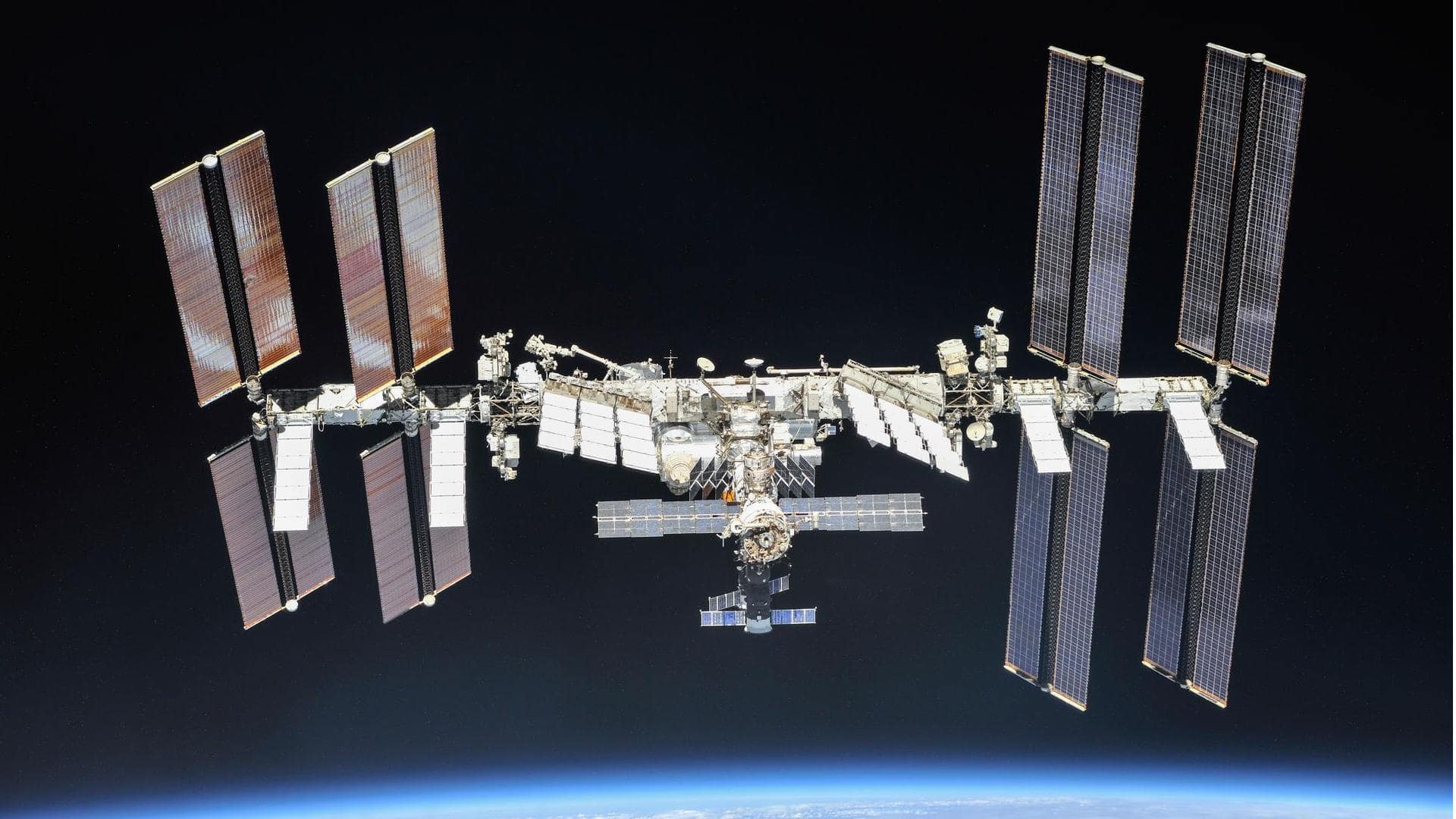What’s the story
NASA is investigating the vision problems experienced by astronauts who have spent long periods on the International Space Station (ISS).
The issue first came to light when astronauts on six-month missions started needing stronger reading glasses as their time in space increased.
This led to researchers discovering swelling of the optic disk and flattening of eye shape, which are now known as Space-Associated Neuro-Ocular Syndrome (SANS).
A look at Thigh Cuff study
In microgravity, blood and cerebrospinal fluid are drawn toward the head. This phenomenon has been linked to SANS.
The Thigh Cuff study is exploring whether tight leg cuffs can alter this fluid distribution in the body, particularly around the eyes and heart/blood vessels.
If successful, these cuffs could be a simple countermeasure against SANS-related issues caused by fluid shifts.
Fluid Shifts and VIIP studies
The Fluid Shifts study (2015-2020) was the first to show altered blood drainage from the brain in microgravity.
The Vision Impairment and Intracranial Pressure (VIIP) study examined how these fluid shifts and increased brain fluid pressure may contribute to SANS.
It used clinical eye exams, retinal imaging, noninvasive measurements of retinal structure thickness, and MRI of the eye/optic nerve.
About 300 astronauts also filled out questionnaires about vision changes during their missions.
Multimodal assessment and standardization of tools needed
Emerging research has focused on developing a head-mounted virtual reality display for noninvasive multimodal assessment to help diagnose SANS.
Other studies have shown that measuring the optic nerve sheath diameter could be a potential way to detect and quantify eye/vision changes during spaceflight.
The findings also emphasize the need for standardizing imaging tools, measurement techniques, and other study design aspects in this area of research.
Case study on 1 astronaut
One astronaut showed more severe than usual changes after a six-month spaceflight.
However, their symptoms improved with vitamin B supplementation and lower cabin carbon dioxide levels after some crew members left.
While this single case doesn’t confirm cause-effect relationships, the improvements suggest that environmental factors like carbon dioxide could have a greater impact on certain individuals.
This might be the first attempt to counter SANS with in-flight B vitamin supplementation.
SANSORI investigation by CSA
The SANSORI investigation by the Canadian Space Agency (CSA) used Optical Coherence Tomography to see if reduced eye tissue stiffness contributes to SANS.
On Earth, changes in eyeball tissue stiffness have been linked with aging and conditions like glaucoma and myopia.
The study found that long-duration spaceflight alters the mechanical properties of eye tissues, possibly contributing to SANS development.
MHU-8 probe by JAXA
The MHU-8 investigation by the Japan Aerospace Exploration Agency (JAXA) studied DNA and gene expression changes in mice after spaceflight.
It found alterations in the optic nerve and retinal tissue.
The study also showed that artificial gravity could mitigate these changes, possibly serving as a countermeasure for the future missions.
